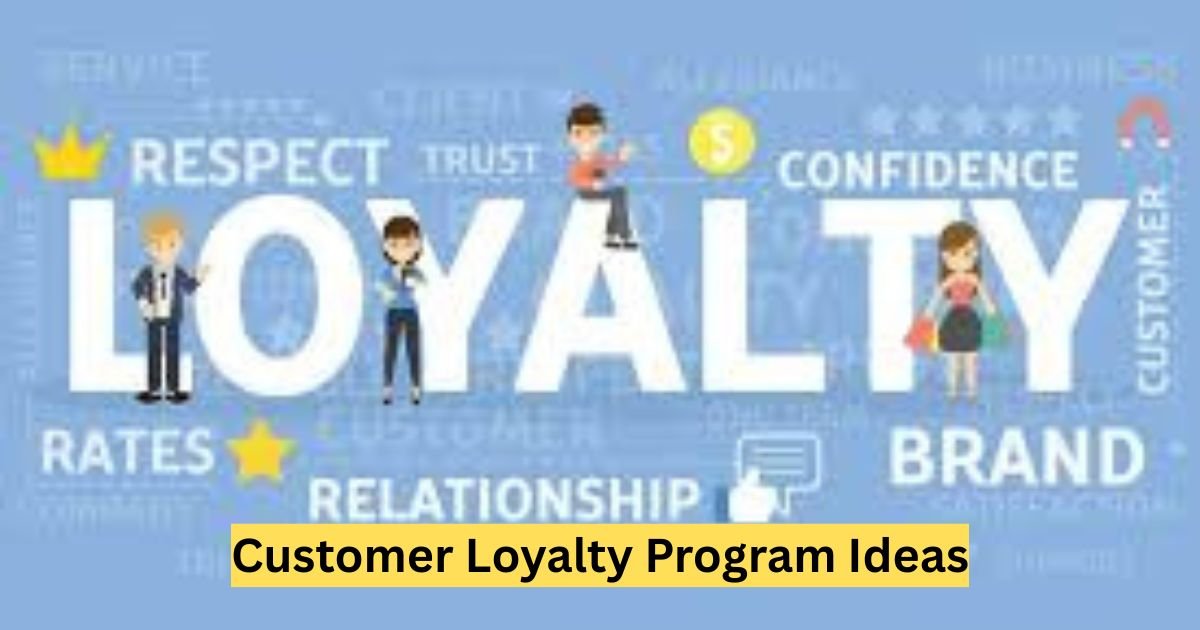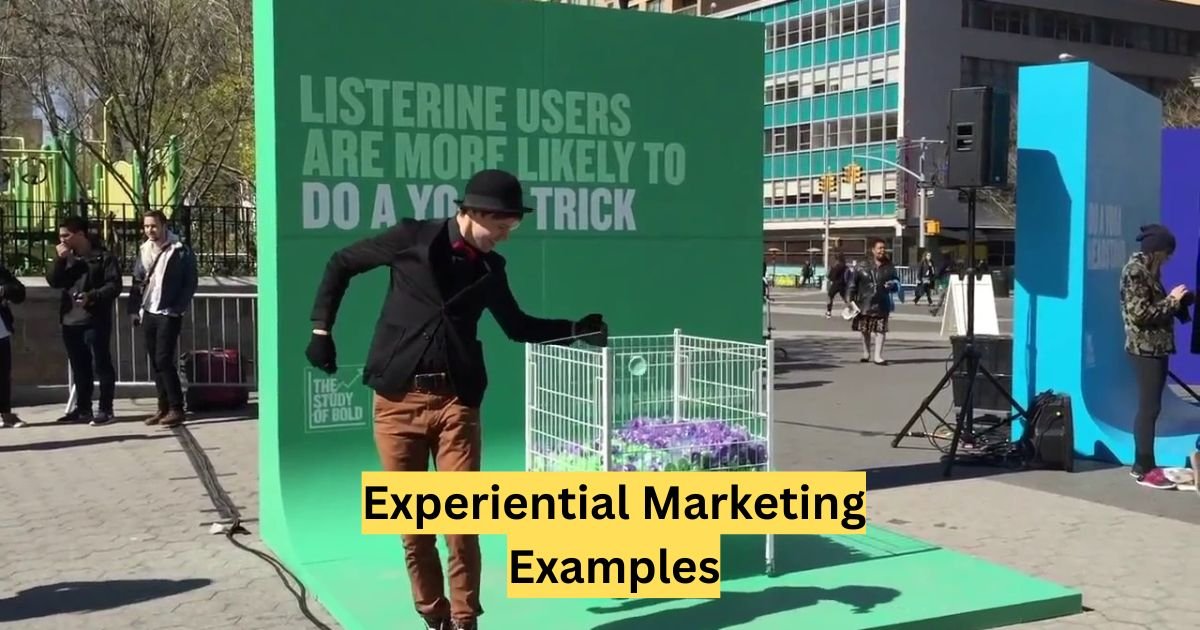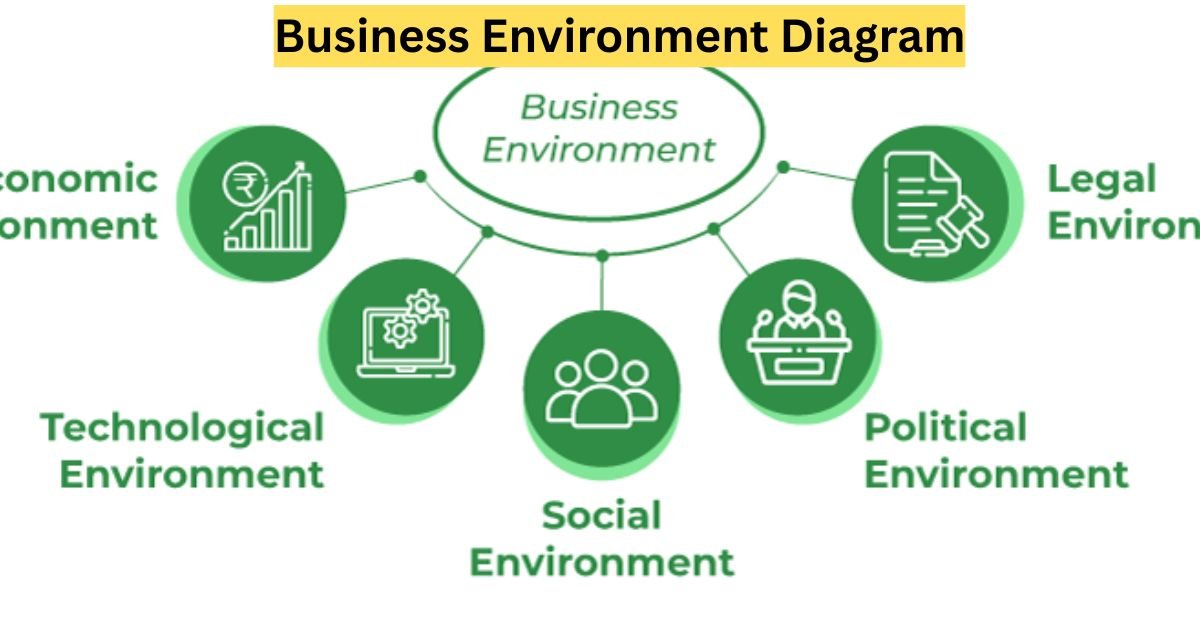In today’s competitive market, keeping customers coming back is more critical than ever. A well-designed customer loyalty program can turn one-time buyers into lifelong advocates. But what makes a loyalty program truly effective? This article explores innovative customer loyalty program ideas, backed by data, real-world examples, and practical tips to help businesses foster stronger connections with their audience.
Why Customer Loyalty Programs Matter
Customer loyalty programs are structured initiatives that reward repeat customers, encouraging them to engage more frequently with a brand. According to a 2023 study by Bond Brand Loyalty, 79% of consumers are more likely to continue doing business with brands that offer personalized loyalty rewards. Additionally, acquiring a new customer can cost up to five times more than retaining an existing one, making loyalty programs a cost-effective strategy.
Loyalty programs not only drive repeat purchases but also enhance customer lifetime value (CLV), improve brand advocacy, and provide valuable data for personalized marketing. So, how can businesses create programs that stand out?
Types of Customer Loyalty Programs
There are several types of loyalty programs, each catering to different business models and customer preferences. Below are the most popular ones, along with their benefits and examples.
Points-Based Programs
Points-based systems reward customers with points for every purchase, which can be redeemed for discounts, products, or experiences. These are simple to implement and highly engaging.
-
Example: Sephora’s Beauty Insider program allows customers to earn points on purchases, which can be redeemed for exclusive products or beauty services. The tiered structure (Insider, VIB, Rouge) incentivizes higher spending to unlock premium rewards.
-
Tip: Offer bonus points for actions like writing reviews or referring friends to increase engagement.
Tiered Loyalty Programs
Tiered programs categorize customers into levels (e.g., silver, gold, platinum) based on their spending or engagement. Higher tiers unlock better rewards, creating a sense of exclusivity.
-
Example: Starbucks Rewards uses a star-based system where customers earn stars for purchases. Reaching higher tiers unlocks free drinks, birthday rewards, and early access to new products.
-
Tip: Clearly communicate the benefits of each tier to motivate customers to climb the ladder.
Cashback or Rebate Programs
Cashback programs return a percentage of the purchase amount as credit or cash, appealing to price-sensitive customers.
-
Example: Rakuten offers cashback for purchases made through its platform, partnering with thousands of retailers. Customers receive quarterly payouts, creating a seamless reward experience.
-
Tip: Simplify the redemption process to avoid customer frustration.
Subscription-Based Programs
Subscription programs charge a recurring fee for exclusive benefits, such as free shipping, discounts, or premium services.
-
Example: Amazon Prime is a prime example (pun intended). For an annual fee, members get free two-day shipping, access to Prime Video, and exclusive deals.
-
Tip: Highlight the value of the subscription with a clear breakdown of benefits to justify the cost.
Gamified Loyalty Programs
Gamification adds fun elements like challenges, badges, or leaderboards to encourage engagement.
-
Example: Nike’s NikePlus program rewards users for completing fitness challenges via its app, offering points for workouts that can be redeemed for exclusive products.
-
Tip: Use progress bars or milestone rewards to keep customers motivated.
How to Create an Effective Customer Loyalty Program?
Designing a loyalty program requires understanding your audience, business goals, and industry trends. Here’s a step-by-step guide to crafting one that resonates.
Step 1: Know Your Customers
Use customer data to identify purchasing habits, preferences, and pain points. Surveys, purchase history, and social media analytics can provide insights.
-
Pro Tip: Segment your audience (e.g., frequent buyers, occasional shoppers) to tailor rewards that align with their behaviors.
Step 2: Set Clear Goals
Define what you want to achieve—higher retention, increased average order value, or more referrals. Clear goals guide program structure and metrics.
-
Data Point: According to McKinsey, companies with effective loyalty programs see a 15-25% increase in revenue from loyal customers.
Step 3: Choose the Right Rewards
Rewards should feel valuable and attainable. Consider offering a mix of monetary (discounts, cashback) and experiential (exclusive events, early access) rewards.
-
Example: American Express offers cardholders access to presale concert tickets, creating memorable experiences that strengthen brand loyalty.
Step 4: Leverage Technology
Use a robust loyalty platform to track points, personalize offers, and integrate with your CRM. Mobile apps and email marketing can enhance accessibility.
-
Tip: Ensure your program is mobile-friendly, as 65% of consumers prefer managing loyalty rewards via smartphones (Statista, 2024).
Step 5: Promote Your Program
Market your loyalty program through email campaigns, social media, and in-store signage. Highlight the value and ease of joining.
-
Example: Ulta Beauty promotes its Ultamate Rewards program with personalized emails showcasing points balance and upcoming rewards.
Creative Customer Loyalty Program Ideas
Looking to stand out? Here are innovative ideas to inspire your loyalty program.
1. Community-Driven Rewards
Create a program that rewards customers for engaging with your brand’s community, such as participating in forums, attending events, or sharing user-generated content.
-
Example: Lululemon’s Sweat Collective rewards fitness instructors with discounts for promoting the brand within their communities.
-
Keyword: Community-based loyalty rewards
2. Eco-Friendly Incentives
Appeal to environmentally conscious consumers by offering rewards for sustainable actions, like using reusable bags or recycling products.
-
Example: Patagonia’s Worn Wear program encourages customers to trade in used gear for store credit, aligning with its sustainability ethos.
-
LSI Keyword: Sustainable loyalty programs
3. Personalized Milestone Rewards
Celebrate customer milestones, such as anniversaries, birthdays, or reaching a purchase threshold, with tailored rewards.
-
Example: DSW’s VIP program sends personalized birthday discounts and celebrates “shoe-versaries” with bonus points.
-
Long-Tail Keyword: Personalized customer loyalty rewards
4. Partnered Loyalty Programs
Collaborate with complementary brands to offer shared rewards, expanding your reach and adding value.
-
Example: The Marriott Bonvoy program partners with airlines, allowing members to convert hotel points into frequent flyer miles.
-
Keyword: Cross-brand loyalty programs
5. Surprise and Delight Campaigns
Randomly reward customers with unexpected perks, like free samples or exclusive discounts, to create positive brand associations.
-
Example: Zappos occasionally upgrades customers to free overnight shipping, delighting them with unexpected value.
-
LSI Keyword: Surprise customer rewards
What Are the Benefits of Customer Loyalty Programs?
Loyalty programs offer multiple advantages for both businesses and customers. Here’s a quick overview in a table format for clarity:
|
Benefit |
Description |
Impact |
|---|---|---|
|
Increased Retention |
Encourages repeat purchases through rewards. |
Higher CLV and reduced churn. |
|
Enhanced Customer Insights |
Collects data on preferences and behaviors. |
Better personalization and targeting. |
|
Improved Brand Advocacy |
Loyal customers promote the brand via word-of-mouth. |
Organic growth and trust. |
|
Higher Revenue |
Loyal customers spend 67% more than new ones (HubSpot, 2023). |
Increased profitability. |
|
Competitive Advantage |
Unique programs differentiate your brand. |
Stronger market positioning. |
Common Mistakes to Avoid
Even the best-intentioned loyalty programs can fail if poorly executed. Here are pitfalls to steer clear of:
-
Overcomplicating Rules: Complex point systems or redemption processes frustrate customers. Keep it simple.
-
Lack of Personalization: Generic rewards feel impersonal. Use data to tailor offers.
-
Ignoring Feedback: Monitor customer feedback to improve the program. Ignoring complaints can lead to disengagement.
-
Underpromoting the Program: If customers don’t know about your program, they won’t join. Invest in marketing.
How Can Small Businesses Implement Loyalty Programs?
Small businesses may lack the budget of large corporations, but they can still create impactful loyalty programs. Here’s how:
-
Use Cost-Effective Tools: Platforms like Smile.io or LoyaltyLion offer affordable loyalty solutions for small businesses.
-
Focus on Local Engagement: Reward customers for in-store visits or local event participation.
-
Leverage Social Media: Encourage customers to share your brand on social platforms for points or discounts.
-
Example: A local coffee shop could offer a digital punch card via an app, giving a free coffee after 10 purchases.
See Also: top10ideas.org
Conclusion
A well-crafted customer loyalty program is a powerful tool for building lasting relationships and driving business growth. By offering personalized, engaging, and value-driven rewards, businesses can turn casual customers into loyal advocates. Whether you opt for a points-based system, gamified challenges, or eco-friendly incentives, the key is to align your program with your audience’s needs and your brand’s values.
Ready to boost customer retention? Start by analyzing your customer data, choosing a program type that fits your business, and promoting it effectively. With the right strategy, your loyalty program can become a game-changer.




